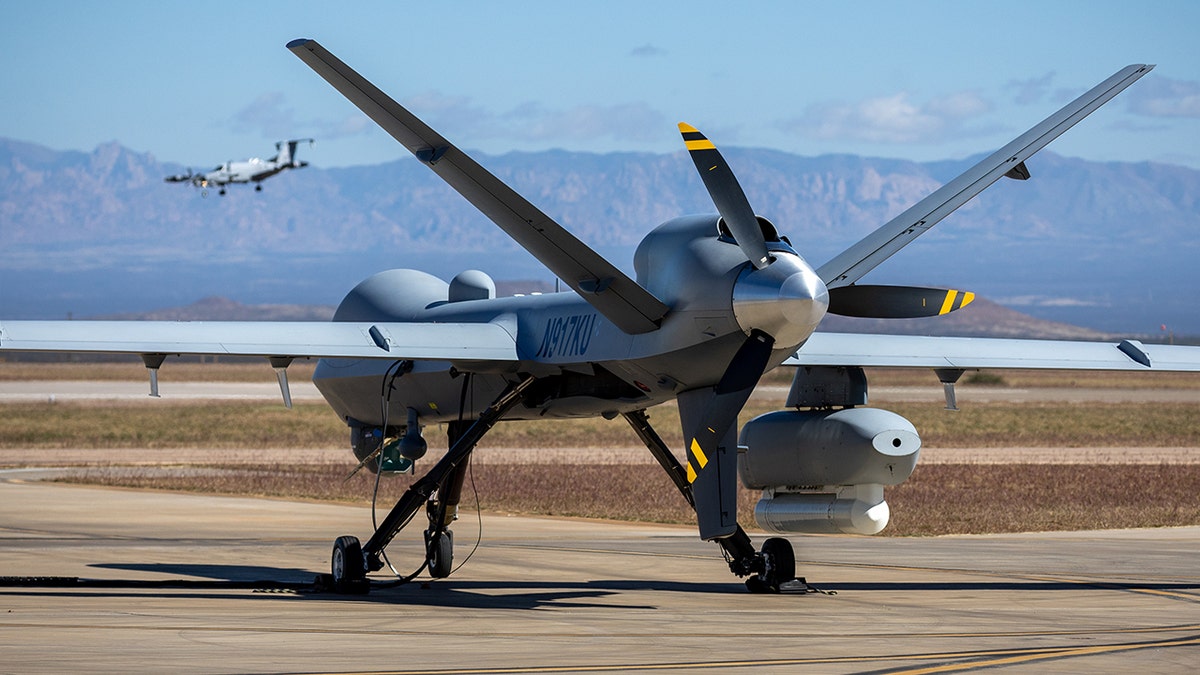In recent years, Mexico has witnessed a notable increase in the prominence of drones, both as valuable tools in various sectors and, regrettably, as instruments in adverse events such as crashes. This trend raises an intriguing question: what happens when these high-tech gadgets succumb to the unpredictable forces of nature or human error? As drones become more ubiquitous in our society, we must delve into the implications of their failures, particularly within the context of a country grappling with complex geographical and sociopolitical landscapes.
One of the primary challenges pertaining to drone usage in Mexico is the diverse topography, which includes vast deserts, mountainous regions, and dense urban areas. Each presents unique obstacles that can contribute to drone malfunctions or crashes. For instance, drones operating in high-altitude areas may face unexpected wind patterns, leading to catastrophic failures. Similarly, urban environments, rife with tall buildings and signal interference, can create a veritable labyrinth that complicates navigation.
Furthermore, the regulatory framework surrounding drone operation in Mexico is still evolving. Ambiguities in official guidelines can lead inexperienced operators to make costly mistakes. As national and local governments endeavor to formulate comprehensive legislation to govern this burgeoning industry, it remains essential to prioritize safety measures to mitigate the risk of drone crashes.
Drone crashes can have far-reaching repercussions. The immediate aftermath may include property damage, injuries, or even fatalities, particularly if a drone collides with densely populated areas. Beyond these grave concerns, there are also environmental considerations. For example, as drones fall from the sky, they can pose significant risks to wildlife, especially in sensitive ecosystems where disturbances could lead to unintended consequences for local fauna.
A fascinating, albeit complex, byproduct of this issue is the potential for drones to play a role in disaster response and recovery. While they can be instrumental in delivering aid or assessing damage post-crash, their failures can inadvertently complicate emergency management efforts. This dichotomy presents a challenge for policymakers and stakeholders who must weigh the obvious benefits of drone technology against the inherent risks they carry.
As we contemplate the future of drone technology in Mexico, it becomes imperative to address these challenges head-on. Ongoing education for drone operators and stricter adherence to regulatory measures can significantly reduce the likelihood of crashes. Moreover, fostering public awareness around drone safety can help cultivate a more responsible culture of usage.
In conclusion, while Mexican drone crashes may be a puzzling challenge that we face, they also offer valuable lessons about technology’s role in society. With careful consideration and proactive measures, Mexico can harness the full potential of drones while mitigating their risks, ensuring that the skies remain safe for all.
